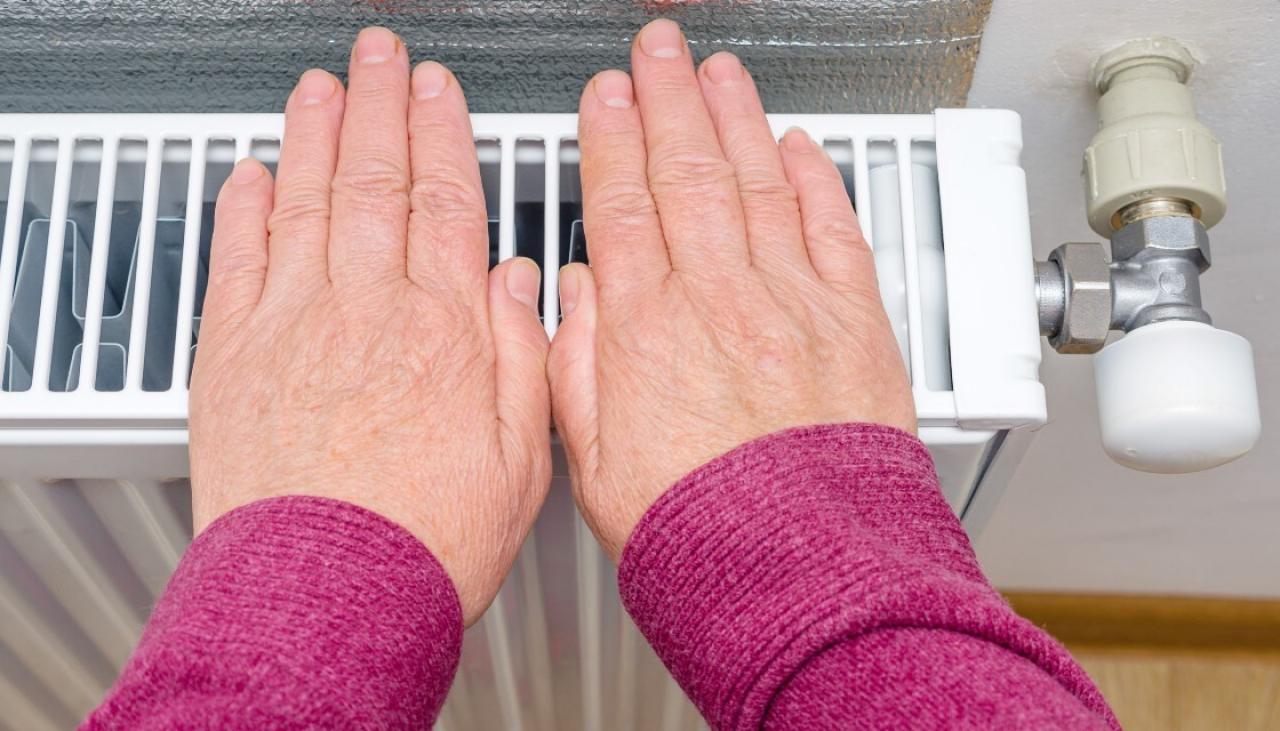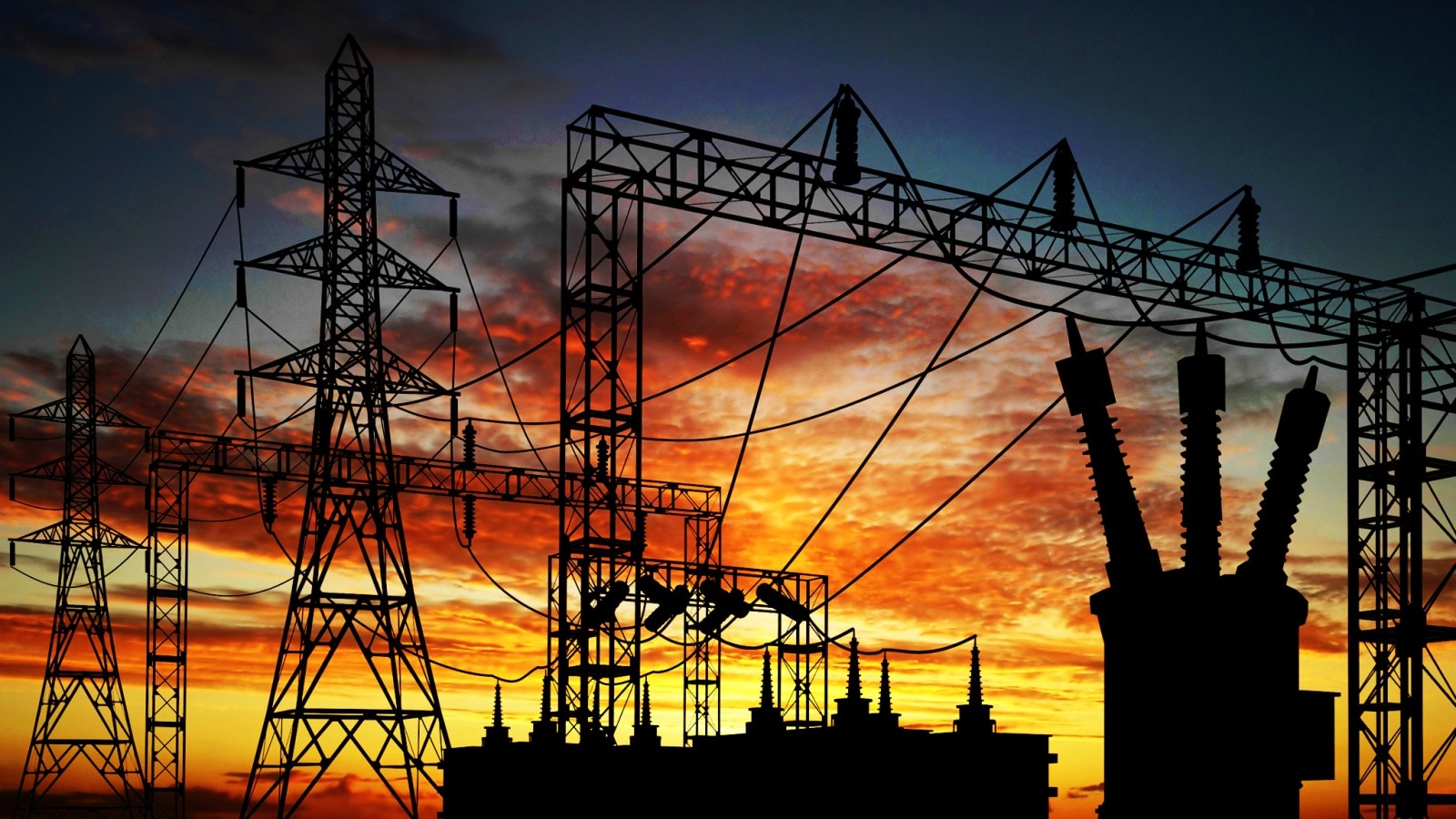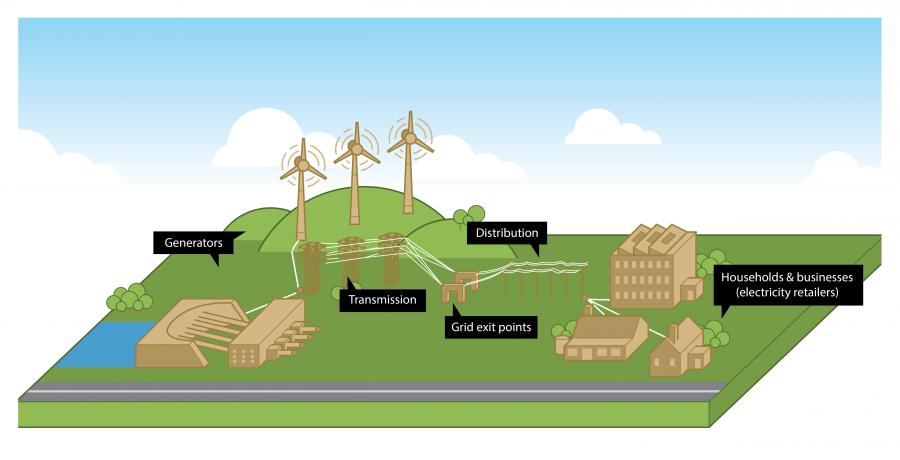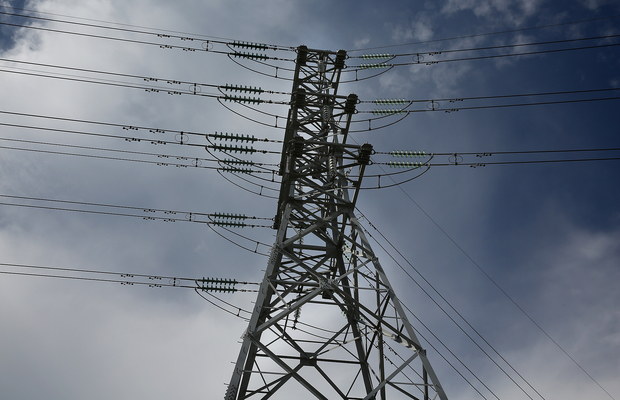
What's in it for me?
The Government have advised their proposed changes to the electricity market. What are the key changes and how will they affect you?
No more 'win-backs or saves'
Some retailers will contact switching customer and offer special deals or rates to try and save the customer. Under the proposed changes there will be a period that the retailer you are leaving is not able to try and ‘save you’.
The government believes that by banning win-backs/saves, the retailer will have to offer more competitive pricing to all it’s customers and not just those that have started the switch process. They believe this will benefit customers that don’t shop around.
No more prompt payment discounts
Some Retailers offer a discount to customers that pay their bills on time. The government believes that Prompt Payment Discounts are just hidden late payment fees.
If you pay your bills on time, this change will not have much affect on what you pay.
Low fixed-charge tariffs will be phased out
Currently, electricity companies have to offer plans with a very low fixed daily charge and a higher variable charge for electricity (Low Users). These benefit people who don't use much electricity, less than 8,000 kWH per year (or 9,000 kWH in parts of the South Island). Customers who reduce their electricity consumption by using gas instead of electricity for hot water and heating, or their own solar power systems, benefit from the Low User option.
The government has asked for proposals to phase out this requirement over a period of five years. The Review has suggested allowing low-fixed charges to rise from their current level of about 30 cents per day gradually over five years, after which the low user requirement would be removed.
If you currently are a ‘standard user’ of electricity (using more that 8,000 kWH per year) there will be no change to your invoices from this proposal. However, if you were investigating Solar or Gas conversions to lower your electricity consumption and change to the Low User option, the potential savings of doing so may be overstated now.
Any customer currently on Low User rates (best option if currently using less that 8,000 kWH per year) will eventually lose this option and pay a higher daily charge.
Reforming the wholesale market
There are concerns the large Gen-tailers (retailers that also have generation) can control the wholesale electricity market, and thus the cost of the electricity consumers end up paying.
The government review suggests an agreed spread for the buying and selling of electricity in the wholesale market. They believe this will make it fairer for all the retailers including the independents, and thus the consumers.
Full details of the proposed market changes are yet to be provided so the affect on consumers bills cannot be determined.
Help for those in hardship
The review also raised concern about hardship, and people not being able to pay for their electricity.
A fund will be established to help those in energy hardship make their homes more energy efficient, new rules to protect the vulnerable and those with medical needs, and the possibility of other support.
Making it easier to switch
The review suggests too few people shop around to get the best price possible.
The review has suggested retailers need to advise customers how to switch when they send out their bills.
Of course, our service is already here and you can use www.switchme.co.nz to ensure you have the best option for you right now.










